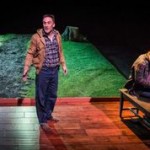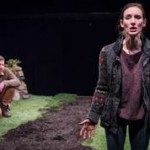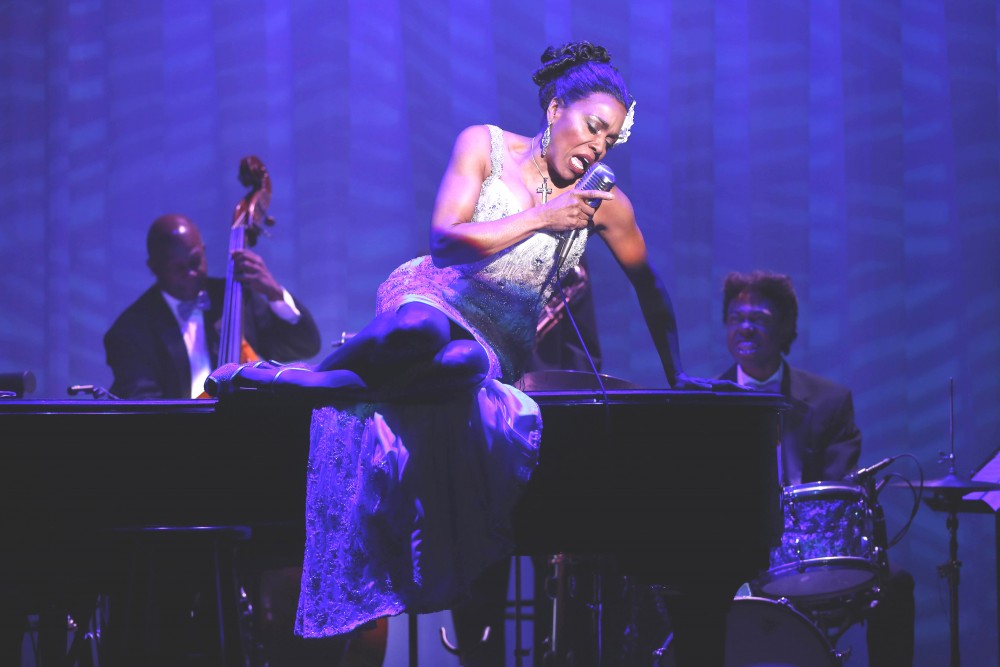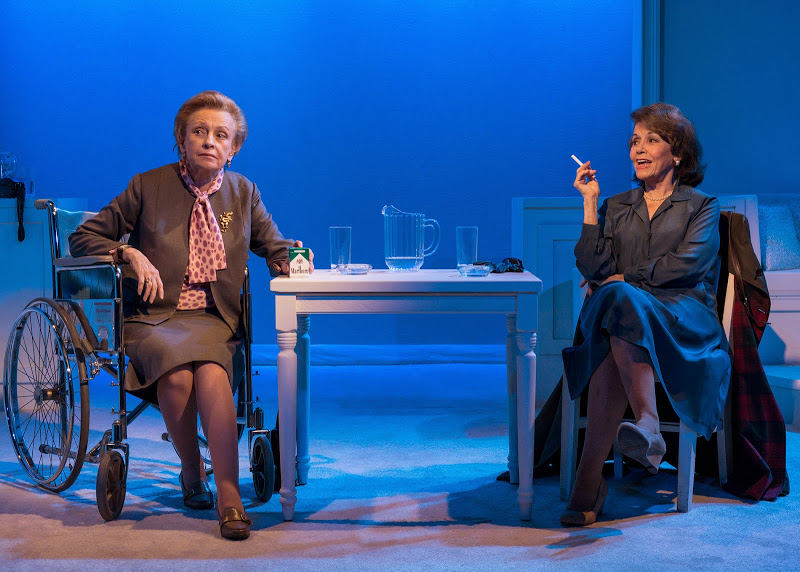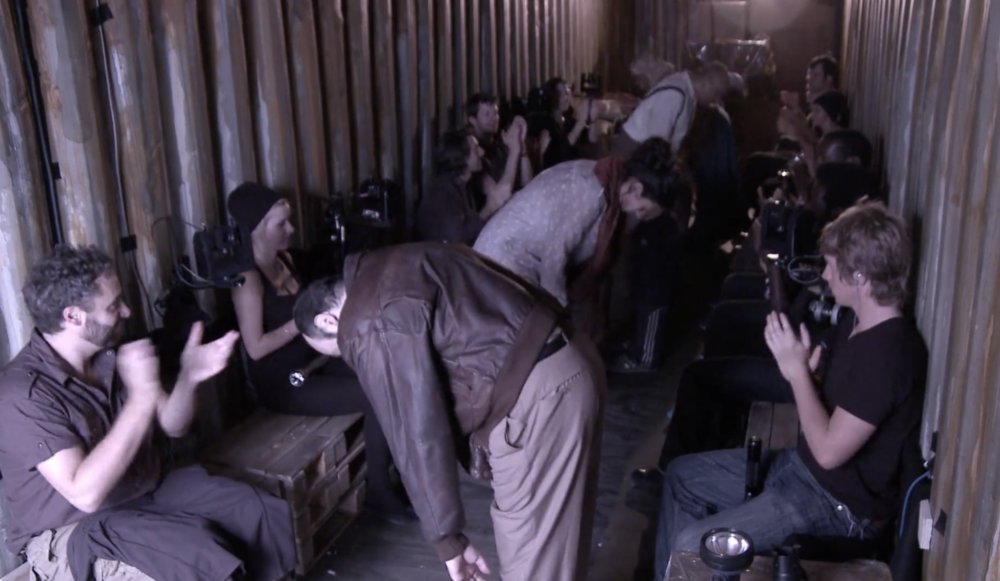From My Seat in the House Mari Lyn Henry
Picture this: the set is split into the parlor in the foreground with a piano and bench and on the other side, an armchair, side table and standing lamp.
In the background is the exterior landscape of the cattle farm with a brown, muddy center path, two sides of grass, a wood pile, a chopping block and upstage out of view there is the barn.
The playwright does not designate the year, the season or the exact location.
We do know it is set in Ireland, approximately three hours by car from Dublin.
There is a sound of wind before the first of many long monologues introduces Jane, a 20 something college student who refers to her loneliness, yearning to be free from the bleak landscape, the family who don’t understand her, and the unbearable silence which surrounds her.
She says, “It is the silence that gets to me.” She dreams of finding something better but can’t find “a space” to think and also confesses she has never been cut out for country living but she has no other place to go.
Brendan, her father, is aware of her lethargy and her inability to communicate her feelings but Bob, her talking dog, is also worried about her moods, her sorrowful look, and is acutely sensitive to the smell of her fear. Father and mother seem to be in denial until her clinical depression becomes so severe that she must be sent to a mental hospital where she stays for a week. The family can’t afford to keep her there longer and her father insists that this “hotel” is not a place for his daughter. Tim, her brother, is co- dependent on his computer and alcohol so he, too, is oblivious to Jane’s condition.
These characters never connect or look at each other. There is no dialogue– only narrative storytelling in the soliloquies. Her father’s sister was diagnosed with clinical depression when she kept bursting into fits of hysteria. Perhaps Jane’s problem is connected in some genetic way? Brendan refuses to see any connection and dashes her dream to leave the farm for good, explore exotic places or find romance.
The only comic relief comes from Bob the Dog, a barnyard philosopher. He tries to save Jane when her decision is finally made at the end. She has written her father a chilling, terse message: “I know where to find the rope.” She walks to the barn, climbs on bales of hay and hangs herself. There is another sound of cold wind blowing on leafless trees. Her cry for help was unanswered and she is lost in the world she can no longer bear.
The writer has a personal connection with her plot due to a similar problem with a member of her “extended” family. But three actors are called upon to invest tremendous energy in lengthy speeches to the audience which diminish the impact of the final moment. It would have been more interesting to see short flashback scenes about earlier times in her life which were happy, innocent, loving. In its present format, I can’t foresee any commercial interest. There were moments that were hard to follow or plot points glossed over. The family photo album is filled with colorless images, bleak landscapes, unrequited love, and unfulfilled potential.
I had trouble feeling any empathy for the characters when the mother and brother are never seen. My willing suspension of disbelief was also tested with the dog played by an actor but Justin Hagan found the wit and humor and sympathy he felt for his mistress.
Before Jane speaks in the beginning, there could have been more ambient sound to suggest the place: dogs barking, crows cawing, a rooster’s cry, or the refrain of a Celtic ballad.
Actors Elizabeth A. Davis and Victor Verhaeghe do their best with the poetic imagery and lyrical quality of their speeches. But overall, mood is the keystone which, spelled backward, is doom. And I never understood how the title “Four Last Things,” by Lisa Tierney-Keogh, connected to the theme.
Directed by Chris Henry, artistic director of Royal Family Productions
Runs through May 14, 2014 Running time: 80 minutes
American Globe Theatre, 146 W. 46th St.




